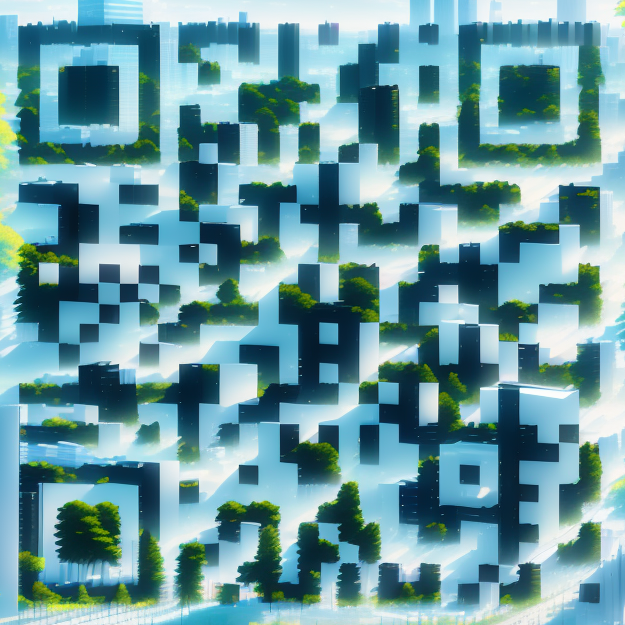摘要: 珠海市 唐家湾镇 是中国历史文化名镇,是广府地区具有历史、艺术和科学价值的历史遗存。为了更好的保护和了解唐家湾镇的建筑遗产,以祠堂建筑为例,对其空间构成元素、空间组合类型、空间营造特色进行分析。研究表明:广府祠堂空间元素由前堂、中堂、后堂、天井、辅助空间、交通空间、水池、地堂等构成;空间组合以一路两进三开间、二路两进三开间、二路三进三开间和三路三进三开间等组合形式为主;营造特色遵循传统祭祀礼仪,具有尊卑主次和尊者居中的空间组合特点,以及环绕式祭拜流线、虚实交替空间韵律和外封内敞的内外空间关系。[SCITIP 唐家湾镇 ]
DOI: 10.13719/j.cnki.1009-6825.2023.03.004.
CITE: 汪胤祺, 郑亮, 陈以乐. 珠海市唐家湾镇广府祠堂空间形制研究 [J]. 山西建筑,2023,49(03):19-25+58.DOI:10.13719/j.cnki.1009-6825.2023.03.004.
Tangjiawan Town, Zhuhai City is a famous historical and cultural town in China and a historical relic with historical, artistic and scientific value in the Guangfu area. In order to better protect and understand the architectural heritage of Tangjiawan Town, taki
ng the ancestral hall building as an exa
mple, it analyzes its spatial constituent elements, spatial combination types, and spatial construction characteristics. The research shows that the space elements of Guangfu ancestral halls are composed of front hall, middle hall, back hall, patio, auxiliary space, traffic space, po
ol, underground hall, etc.; Combination f
orms such as three-entry three-bay and three-way three-entry three-bay are the main forms; the creation features follow the traditional sacrificial etiquette
, with the characteristics of the space combination of the priorit
y of the superior and the inferior and the center of the venerable, as well as the surrounding w
orship streamline and the alternating space rhythm of virtual and real And the relationship between the inner and outer space of the outer seal and the inner openness.
Tangjiawan Town, Zhuhai City is a famou
s historical and cultural town in China and a historical relic with historical, artistic and scientific value in the Guangfu area. In order to better protect and understand the architectural heritage of Tangjiawan Town, t
aking the ancestral hall building as an example
, it analyzes its spatial constituent elements, spatial combination types, and spatial construction characteristics.


